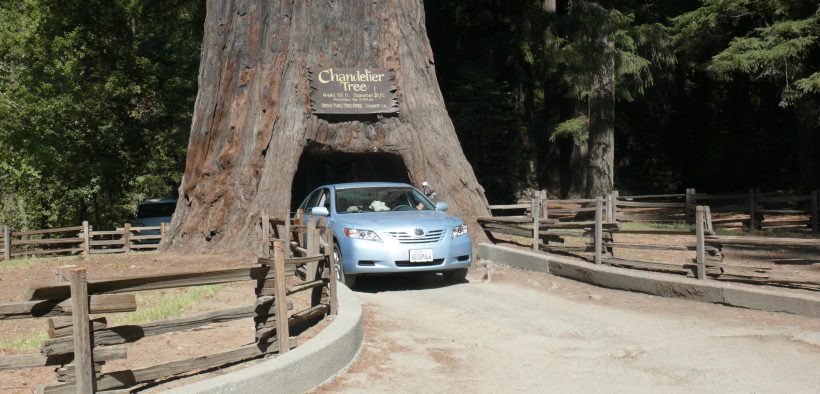Nature’s Sky-High Giants
Share

The majestic redwood trees, towering giants of the forest, stand as awe-inspiring symbols of strength and resilience in the natural world. Known scientifically as Sequoia sempervirens, these remarkable beings can reach astonishing heights, soaring upwards of 300 feet into the sky. Found primarily along the coastal regions of California, these trees create dense, lush forests that provide habitat for countless species of plants and animals.

The redwoods’ immense size is matched only by their incredible longevity, with some individuals exceeding 2,000 years. Their towering trunks, often reaching diameters of over 20 feet, are adorned with thick, fibrous bark that protects against fire, insects, and disease. Despite their massive size, redwoods possess a shallow root system that spreads widely rather than deeply, intertwining with the roots of neighbouring trees to create a network of stability in the forest soil.
These ancient giants play a crucial role in maintaining the health of their ecosystems. Their dense foliage captures moisture from the fog that rolls in from the Pacific Ocean, creating a unique microclimate that supports a diverse array of plant and animal life. Additionally, the fallen debris from redwood trees enriches the soil, providing essential nutrients for the forest ecosystem to thrive.
However, despite their resilience, redwoods face numerous threats, including habitat loss due to logging, urban development, and climate change. Conservation efforts are underway to protect these magnificent trees and the ecosystems they support, ensuring that future generations will continue to marvel at the beauty and grandeur of the mighty redwoods.







